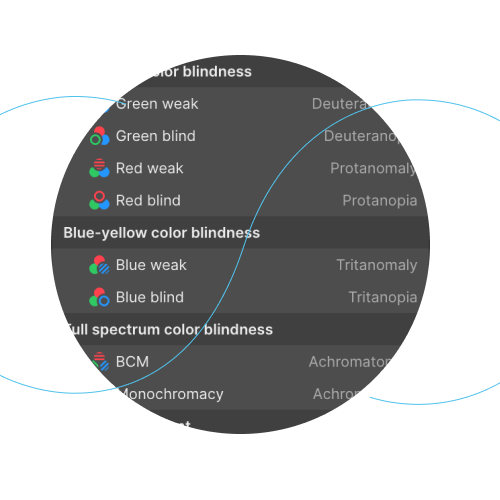Google has released a new version of Analytics called GA4 and they are ‘sunsetting’ the current version of analytics (Universal Analytics, or GA3).
From 1st July 2023 GA3 will stop processing data and you will only have a limited time after that to view all the valuable historic data you have acquired over the years. Historic data such as this is important for many reasons, for example comparisons such as how many new site visits you received this year, compared to the previous year, but the list goes on.
The sooner you set up GA4 to track your website, the sooner you will be building up data to assist with your marketing and optimisations moving forward.
Big changes in GA4
The new GA4 property shows how future data will be collected, breaking down the barriers of privacy controls to give you cookie-less measurements and predictive capabilities. Sessions will be measured by events that occur on your website and the look and feel of the whole platform has evolved.
This is a big change for Analytics and will take some getting used to, including in many businesses reporting systems. However, it is positive in terms of the future, to help us continue to monitor website traffic and enhance the customer journey across both websites and apps together.
Let's explore the changes in more detail and see what you can expect from GA4.


Data collection and privacy
There has been an increasing change in data privacy over the years with GDPR and the protection of people's privacy and data online. In GA3 you could see the IP addresses of the users that had visited your website. With GDPR classing IP addresses as personal data, views on this have changed. Now in GA4 to protect users' data IP addresses are anonymised by default.
Referral spam traffic has always been an issue in GA3, causing our stats to look unrealistic and full of fake traffic. This traffic can be blocked in GA3 but with more and more sources popping up it's an ongoing maintenance task.
GA4 is fighting back against this spam traffic. It has created its own record of bot traffic from the Interactive Advertising Bureau and will automatically exclude this from your reporting. As with GA3 you can still exclude internal traffic as well to just show you the users that matter.
You are still able to link your Search Console to the new GA4 property, which provides a further layer of data inside the Analytics console.
Data and reporting
There are many changes in the language of the reporting and the layout of Analytics, however you will find most of the data is still available. The behaviour section we previously knew has now become engagement with a clear focus throughout the platform on how engaged users are.
Monetization (yes, I know, an American spelling!) is a new section which includes some of the e-commerce reporting you may have previously seen and now including in app purchases to see the full customer journey if you have both platforms.
The way data is collected has vastly changed from sessions to events which we will cover in the next section.
Events
The events section has changed and is a great enhancement to the platform, giving you more control to create events without the need of a developer on hand at all times.
The platform has moved to an events-based solution meaning data such as page views, clicks and scrolling through the page are all classed as events now.
Events can be quickly and easily be managed within the admin section of Analytics and many of the most useful events are there by default. You then have the option to mark an event as a conversion, or set up a new event if you want to track something additional.
Engagement rate is the new bounce rate
Originally bounce rate was removed from GA4 and we thought it was going to be gone forever! Bounce rate is a much misunderstood metric, and can be very misleading. However, bounce rate has been added back in but is calculated in a different way. It doesn’t just look at those users who have landed on your website and left straight away, it is now the percentage of users that are not engaged.
Google describes the new bounce rate as the inverse of engagement rate. There has been a clear move from behaviour reporting on bounce rate (pages per session and average session duration), to looking at how engaged a user is.
Don’t delay your upgrade to GA4
As we summarise some of the big changes in GA4 it may have left you thinking about an upgrade to your own business website. GA4 will bring about greater privacy control whilst enabling website and app owners to still understand how people are interacting and enable you to monitor and improve your sites.
It might be a change to what we are used to and take some time to adjust but there are plenty of benefits to be had from the new property.
Or, you might have never considered Google Analytics before, but would like to tap into this incredible, free resource.
If you need help upgrading your Analytics or want to understand more about the process then please get in touch. We can also advise on exporting GA3 data into meaningful reports, so that you don’t lose important information and can keep a reference point to the past.




























